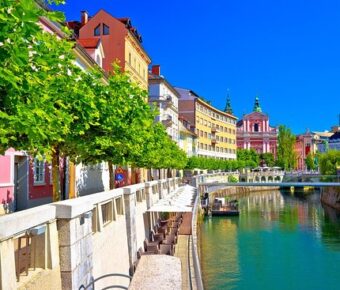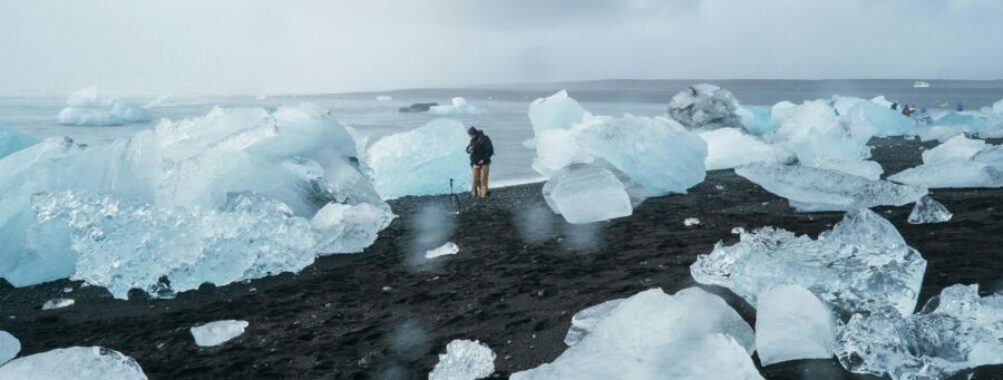
North Pole Trip Cost: $30K for Ultimate Arctic Adventure
Dreaming of a trip to the North Pole? Get ready for an adventure that’ll make your jaw drop – and your wallet too! This icy wonderland isn’t your average vacation spot. It’s a once-in-a-lifetime journey that comes with a hefty price tag. North Pole trips can cost anywhere from $30,000 to $350,000 per person, depending on the type of expedition you choose.
Why so pricey? Well, getting to the top of the world isn’t easy. You’ll need special ships, expert guides, and top-notch gear to brave the harsh Arctic conditions. But trust me, the memories you’ll make are worth every penny. Imagine standing at the exact spot where all lines of longitude meet, or watching polar bears roam across vast ice fields.
Ready to start saving up? In this article, we’ll break down the costs of different North Pole trips. From luxury icebreaker cruises to adventurous sled expeditions, we’ll help you find an Arctic adventure that fits your dreams and your budget.
Contents
- Key Takeaways
- Understanding the Costs of a North Pole Expedition
- Types of North Pole Expeditions
- Factors Influencing Trip Costs
- Preparing for Your Arctic Journey
- Choosing the Right Time to Visit
- Packing Essentials for Polar Conditions
- Securing Travel Documents
- Unique Experiences and Activities
- Wildlife Encounters and Photographic Opportunities
- Adventure Activities in the Arctic
- Planning and Booking Your Trip
- Choosing a Reputable Expedition Company
- Booking Your Arctic Cruise
- Logistics of Traveling to the North Pole Region
- Setting Sail from Your Departure Point
- Understanding the Itinerary and Destinations
- Safety and Sustainability in the Arctic
- Navigating Arctic Conditions with Safety First
- Eco-Friendly Travel in a Fragile Ecosystem
- More Travel Guides
Key Takeaways
- North Pole trips are pricey but offer unique, once-in-a-lifetime experiences
- Costs vary based on trip type, from $30,000 for cruises to $350,000 for guided expeditions
- Careful planning and budgeting are key to making your Arctic dream a reality
Understanding the Costs of a North Pole Expedition
Going to the North Pole isn’t cheap, but it’s a once-in-a-lifetime trip. The price tag can be hefty, ranging from $25,000 to $350,000 depending on how you get there and what you do. Let’s break down what you’re paying for.
Types of North Pole Expeditions
You’ve got a few options for your Arctic adventure. The most popular is a cruise on an icebreaker ship. These trips usually last 2-3 weeks and cost between $30,000 and $40,000 per person. You’ll sail through icy waters and maybe even reach 90° North.
For the really adventurous (and wealthy), there’s the “Everest of North Pole expeditions.” This land-based trip starts at Ward Hunt Island and goes all the way to the pole. It’s priced at $350,000, split between up to four people. That’s $87,500 each if you can find three buddies to join you.
Luxury cruises are another option. The fancy icebreaker Le Commandant Charcot offers suites for around $43,000 per person. If you want to splurge, the owner’s suite can cost over $100,000!
Factors Influencing Trip Costs
Why so pricey? Well, getting to the North Pole isn’t easy. You’re paying for:
- Specialized ships: Icebreakers are expensive to run and maintain
- Crew and experts: You need experienced guides in this harsh environment
- Length of trip: Most expeditions last 2-3 weeks
- Cabin type: Fancier rooms cost more
- Extras: Some trips include helicopter rides or other cool activities
Don’t forget about travel insurance – it’s a must for a trip like this. And you might need special gear, which can add to the cost.
The time of year matters too. Peak season (June-August) is pricier but offers the best weather and wildlife viewing. If you’re flexible, you might find slightly cheaper trips in the shoulder season.
Preparing for Your Arctic Journey
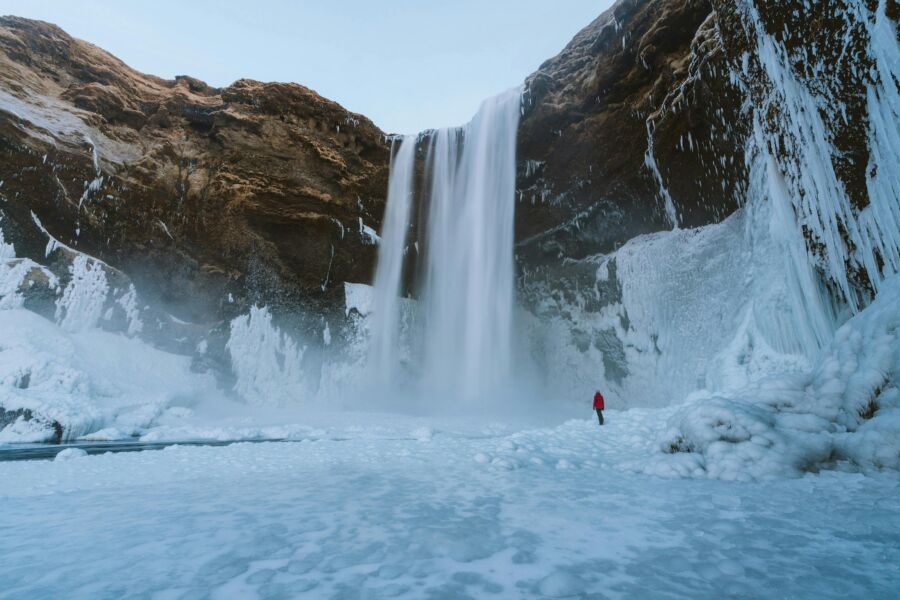
Getting ready for a North Pole trip takes careful planning. You’ll need to consider timing, pack the right gear, and sort out important paperwork.
Choosing the Right Time to Visit
The best time for an Arctic adventure is June to September. This is when you’ll have the most daylight and milder temperatures. In June and July, you can see the midnight sun – 24 hours of daylight! August and September are great for seeing Arctic wildlife like polar bears and whales.
Summer temps hover around 32-50°F (0-10°C). Winter is much colder, often below zero. But if you’re brave, winter trips offer a chance to see the Northern Lights.
Remember, weather can change fast in the Arctic. Pack layers no matter when you go.
Packing Essentials for Polar Conditions
Packing right is key for your comfort and safety. Start with a warm, waterproof coat and pants. Bring thermal underwear, warm socks, and sturdy boots.
Don’t forget:
- Warm hat and gloves
- Sunglasses (the sun reflects off ice and snow)
- Sunscreen (yes, even in the cold!)
- Binoculars for wildlife spotting
- Camera with extra batteries
Most Arctic trips provide special gear like boots and parkas. Check with your tour company about what they offer.
Securing Travel Documents
You’ll need a passport valid for at least six months after your trip. Visa rules depend on your start point and the countries you’ll visit.
Most Arctic Circle trips start in Norway, Canada, or Russia. Check visa rules for these countries. If you’re crossing borders, you might need multiple visas.
Travel insurance is a must. Make sure it covers emergency evacuation. The Arctic is remote, and medical care can be far away and very expensive.
Book your trip early. Arctic adventures often fill up fast, especially in peak season.
Unique Experiences and Activities
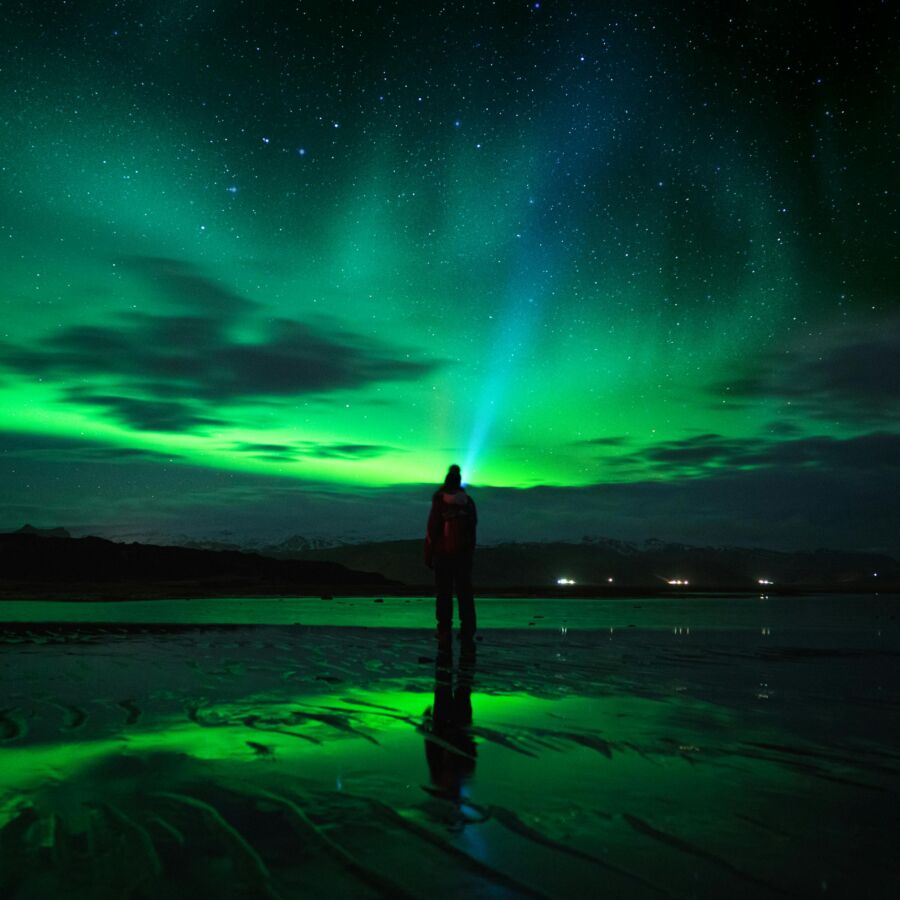
A North Pole trip offers once-in-a-lifetime adventures you can’t find anywhere else. You’ll get up close with Arctic wildlife and try exciting activities in one of the world’s most remote places.
Wildlife Encounters and Photographic Opportunities
Get ready to spot polar bears roaming on ice floes! These majestic creatures are the kings of the Arctic. You might see them hunting for seals or playing with their cubs. Bring your camera to capture these amazing moments.
Arctic foxes are another treat. These fluffy white animals blend in with the snow, but you can spot them if you look closely. Walruses and ringed seals often lounge on ice patches too. They’re fun to watch as they soak up the sun.
Don’t forget to look up! Arctic birds like puffins and gulls soar overhead. Your guides will help you find and identify the different species.
Adventure Activities in the Arctic
Ready for a thrill? Try a polar plunge! You can jump into the frigid Arctic waters for a quick dip. It’s cold, but you’ll get a cool certificate to prove you did it.
Zodiac excursions are a great way to explore. These small boats let you zip around icebergs and get closer to wildlife. You might even land on an ice floe for a walk.
Ice fishing is another fun option. Drop a line through a hole in the ice and see what you can catch. Your guides will show you how it’s done.
Some trips offer helicopter rides too. You’ll get amazing views of the vast ice landscape from above. It’s a perfect chance for stunning photos of the Geographic North Pole.
Planning and Booking Your Trip

Getting ready for a North Pole cruise takes careful planning and smart choices. You’ll need to pick a good company and book early to make your Arctic adventure a reality.
Choosing a Reputable Expedition Company
Look for companies with solid experience in Arctic travel. Check their safety records and read reviews from past travelers. Some well-known operators include Quark Expeditions and Poseidon Expeditions. Ask about their ice-class ships and onboard experts.
Make sure the company follows environmental rules. They should have plans to protect Arctic wildlife and minimize their impact. Don’t be shy about asking questions – a good company will be happy to answer them.
Booking Your Arctic Cruise
Book your trip at least a year in advance. North Pole cruises fill up fast, and there are only a few sailings each summer. Prices for these trips usually start around $30,000 per person. Luxury options can cost up to $50,000 or more.
When you book, you’ll need to put down a deposit. This is often 20-30% of the total cost. Pay attention to cancellation policies and travel insurance options. Some companies offer early booking discounts, so it pays to plan ahead.
You can compare different Arctic cruise options to find one that fits your budget and interests. Look at cabin types, trip length, and included activities. Don’t forget to factor in extra costs like flights to the departure point and any special gear you might need.
Logistics of Traveling to the North Pole Region

Getting to the North Pole takes careful planning and preparation. You’ll need to navigate icy waters and remote Arctic destinations on your journey to the top of the world.
Setting Sail from Your Departure Point
Most North Pole trips start from Longyearbyen, the largest town in Svalbard. You’ll fly into Longyearbyen Airport and board your icebreaker ship there. Some trips leave from Murmansk, Russia instead.
Before you go, you’ll need to pack warm layers, waterproof gear, and sturdy boots. The ship will provide heavy parkas and boots for shore landings. Don’t forget a camera to capture the Arctic scenery!
On board, you’ll find cozy cabins and common areas to relax between adventures. The crew will give safety briefings and lectures about Arctic wildlife and history.
Understanding the Itinerary and Destinations
Your trip will likely last 12-14 days total. The ship will sail north through pack ice, stopping at places like Franz Josef Land along the way. You might see polar bears, walruses, and seabirds.
Reaching 90° North is the highlight for many travelers. You’ll have a celebration at the pole and maybe take a polar plunge! The ship then heads back south, often stopping at different islands.
Some Arctic expeditions explore Greenland’s Scoresby Sund instead of going all the way to the pole. These trips offer amazing fjord scenery and chances to see the Northern Lights.
Safety and Sustainability in the Arctic
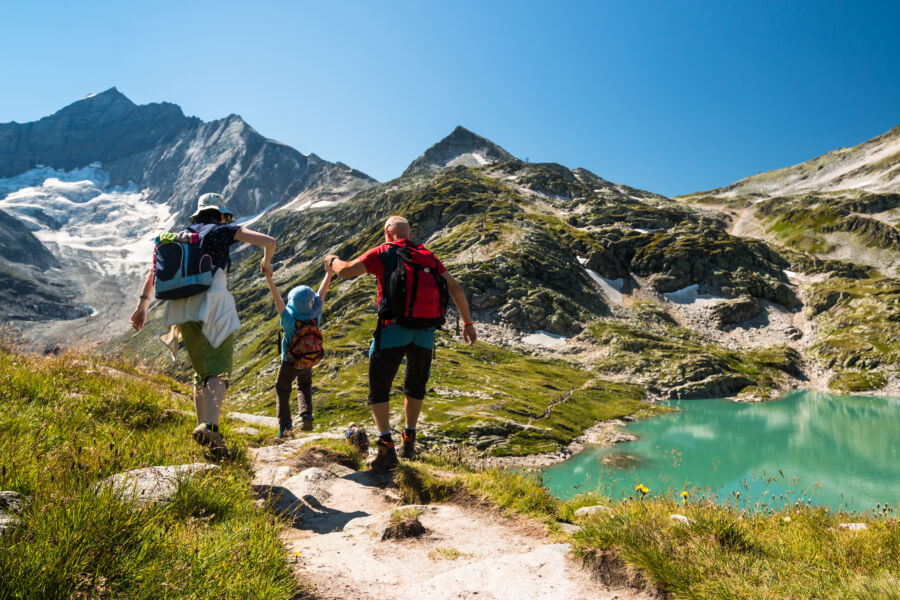
Exploring the North Pole brings unique challenges and responsibilities. Staying safe in harsh conditions and protecting the delicate Arctic environment are top priorities for any polar expedition.
Arctic travel requires special precautions. Icebreaker ships are built to handle thick ice floes, but you’ll still need to bundle up. Pack warm, waterproof layers and sturdy boots. Listen closely to your guides – they know how to keep you safe on ice and around wildlife.
Polar bears are beautiful but dangerous. Never wander off alone. Stay with your group and follow instructions if you spot one. Bring binoculars to view them from a safe distance.
Seasickness can be an issue on rough Arctic seas. Pack motion sickness pills just in case. The ship’s doctor can help if you feel ill.
Eco-Friendly Travel in a Fragile Ecosystem
Global warming is changing the Arctic fast. As a visitor, you can help protect this special place. Choose tour operators committed to sustainable practices. Look for companies that use cleaner fuels and limit their environmental impact.
Take all trash with you, even biodegradable items. Don’t leave anything behind except footprints. Respect wildlife by keeping your distance and not feeding animals.
Some trips let you help with research projects. You might count seabirds or collect water samples. It’s a fun way to give back while exploring.
Remember, the Arctic Ocean is not a playground. Follow rules about where you can go and what you can do. Working together, we can keep the North Pole pristine for future explorers.


